For a long time, when we only had eyes to survey the heavens, the Solar System was a nice and simple place.
Back then just five big planets, the Sun and our Moon moved around the sky, along with the odd infrequent visiting comet.
Things changed with the invention of the telescope, because we could now peer into the dark with instruments that allowed us to see smaller, fainter objects.

Nevertheless, and quite incredibly, it was still approaching 200 hundred years after Galileo first pointed his scope skyward before the first asteroid was discovered.
The Near Earth Asteroid Rendezvous was the first spacecraft to orbit and later land on an asteroid.
After its launch in February 1996, the craft entered orbit around asteroid 433 Eros in February 2000 and landed one year later.
Missions like the Japanese Hayabusa2 and NASA's OSIRIS-REx have returned pieces of asteroids to Earth for study.
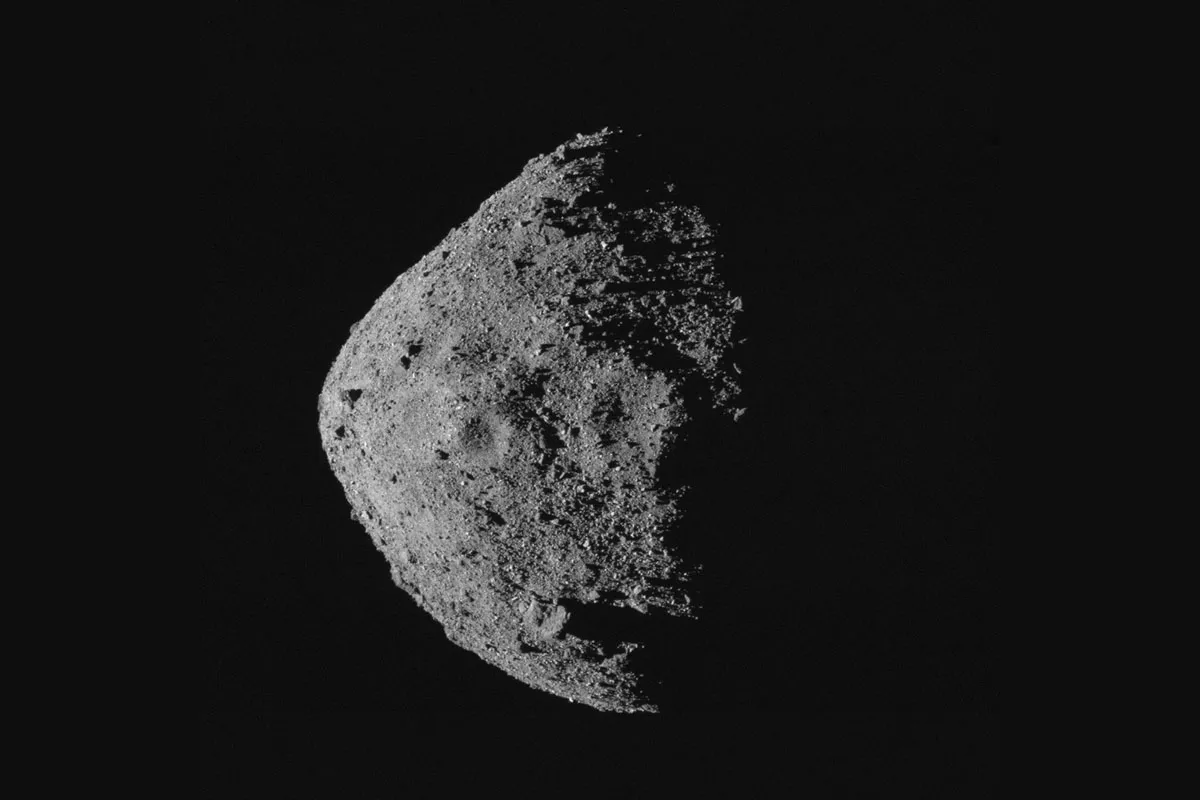
The official International Astronomical Union, which is involved in the naming of asteroids (for example, there are asteroids called Flora, Hilda and Albert), also decides overall what they will be classed as.
The IAU has now officially designated asteroids as being in the Small Solar System Bodies category, along with everything else that isn’t a planet or a moon.
However, the use of the word ‘asteroid’, or alternatively ‘minor planet’, continues, not least because the official name is rather dull.
What is an asteroid?
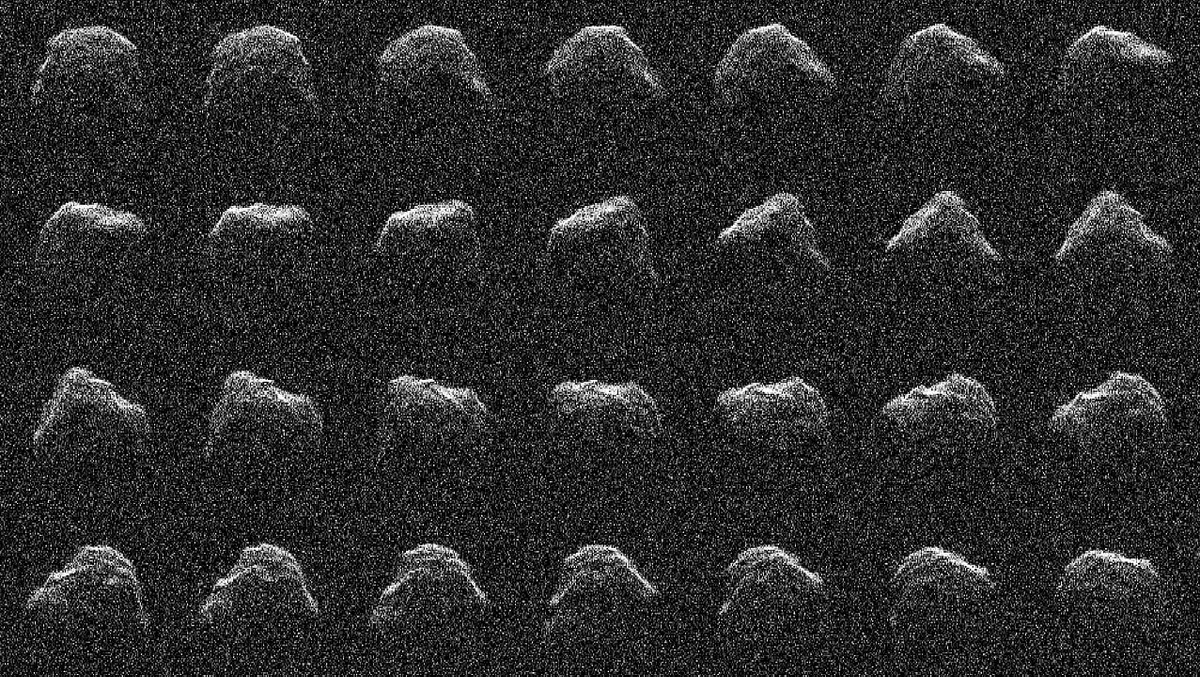
So, what is an asteroid? Well, there are no hard and fast rules here.
Astronomers have even begun finding objects known as dark comets that look like asteroids but behave like comets.
Most asteroids are generally rocky, metallic or a mixture of both, but some appear to be icy.
Some are round, but many are odd-shaped rogues that look like they’ve been involved in some major celestial crashes.
Most live in the zone between the orbits of Mars and Jupiter in an area that is commonly referred to as the asteroid belt.
However, there are many that travel all over the place – occasionally hitting anything in the way.

While crashing into our planet and causing global devastation, an asteroid led to the extinction of the dinosaurs.
The largest asteroid in the asteroid belt is Ceres, which was the very first one that was discovered.
Italian astronomer Giuseppe Piazzi at his observatory in Palermo, Sicily, found an object that he named Ceres on 1 January 1801. This tiny world is a mere 975km (605 miles) across.
All the others in the belt are smaller than this.
Indeed, there are very few asteroids you would class as big: fewer than 20 are larger than 250km (155 miles) across.
Once we get down to ‘shards’ of around 1km (0.6 miles) to 2km (1.2 miles) in diameter, the total could be well into the high hundreds of millions.
Where do asteroids come from?
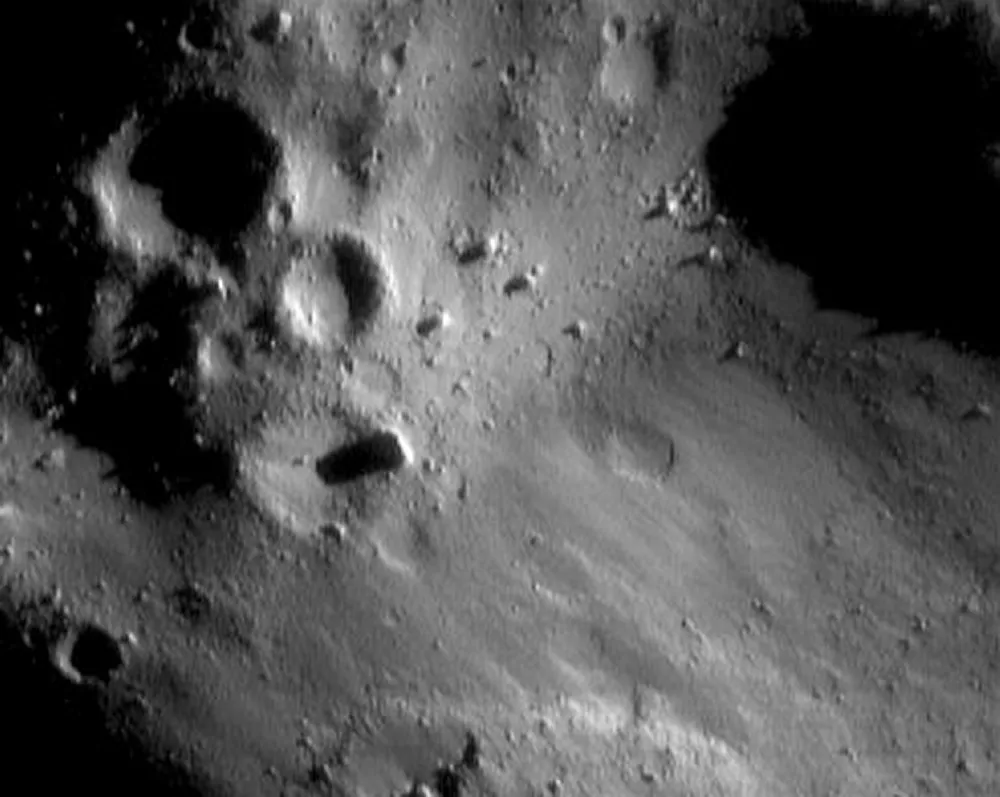
Some interesting ideas can be formed about how all these asteroids came into being.
The fact that their make-up varies from being all rock to all metal, and every stage in between, suggests that some used to be larger objects that went through a process of differentiation before being split apart.
Differentiation is when big objects with lots of gravity heat up, which causes molten material to move about.
The metals sink to the centre because they’re heavier and the rocks rise to the surface because they’re less dense.
When something comes along and smashes it up, you’re left with a variety of mixtures.
The reason they’re in a belt between Mars and Jupiter could be that there just wasn’t enough stuff to make a planet, or perhaps the massive gravitational tugs of nearby Jupiter just kept breaking apart anything that tried to form.
How to see an asteroid
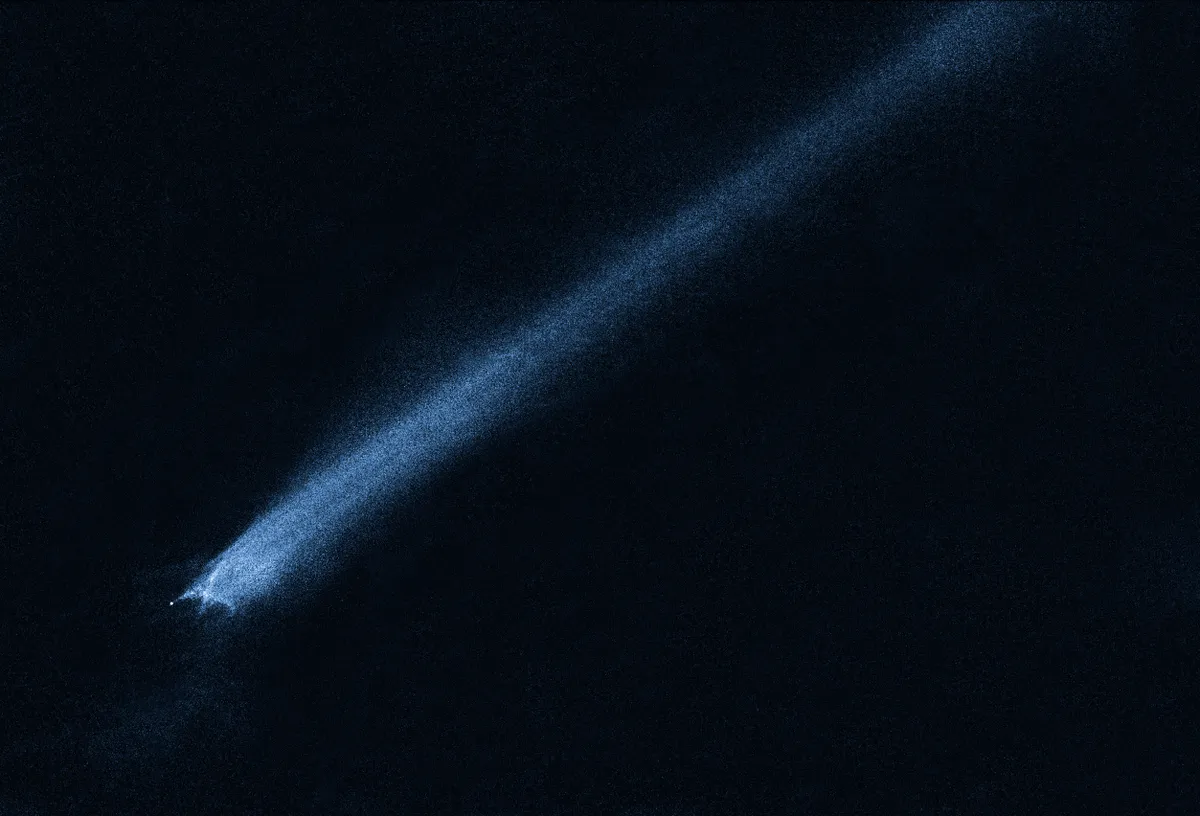
If you’re looking for an asteroid, you ideally need two clear nights in a row, or at least within a few days of each other.
This is because these objects appear just like stars or planets – they don’t move as you watch them.
Therefore, you need a second observation to see their shift against the background of normal stars.
Finding them to start with is a matter of using a star chart, an astronomy smartphone app or software such as RedShift or Starry Night that shows you a location chart.
Or you can read our observing guide to find out what comets and asteroids are in the sky tonight and our guide on how to find potential 'planet killer' asteroids.
5 of the brightest asteroids visible in the night sky
Vesta

- Max. apparent magnitude: 5.3
- Size: 578 x 560 x 460km (359 x 348 x 286 miles)
- Discovered: 1807
The brightest of the asteroids, it’s visible to the unaided eye from areas where light pollution isn't an issue. It has a metallic iron-nickel core.
2 Pallas

- Max. apparent magnitude: 7.0
- Size: 570 x 532 x 500km (354 x 330 x 310 miles)
- Discovered: 1802
An unusual main belt asteroid because it has a highly inclined orbit of nearly 35° as well as a high axial tilt of around 60°.
Ceres
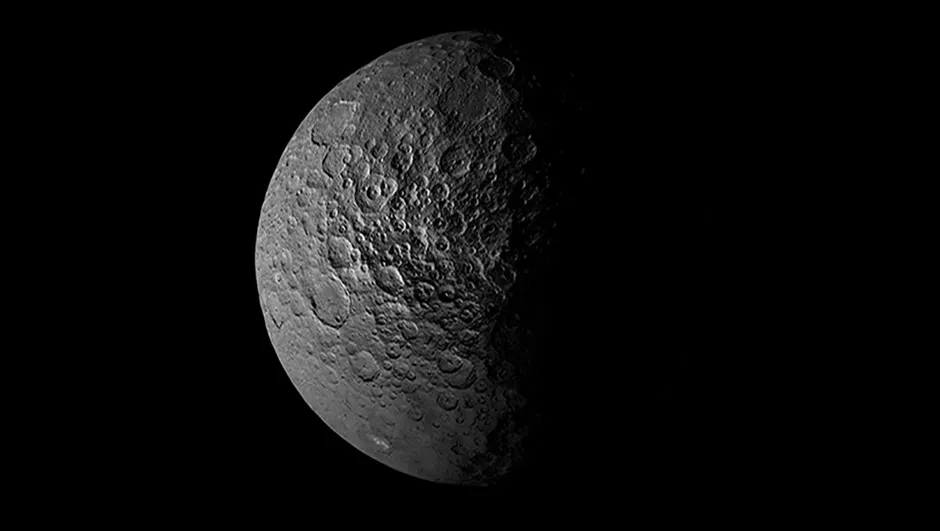
- Max. apparent magnitude: 6.7
- Size: 975km-diameter sphere (605 x 565 miles)
- Discovered: 1801
Ceres has been promoted to the title of dwarf planet. It’s believed to have a rocky core with an icy mantle and crust.
7 Iris
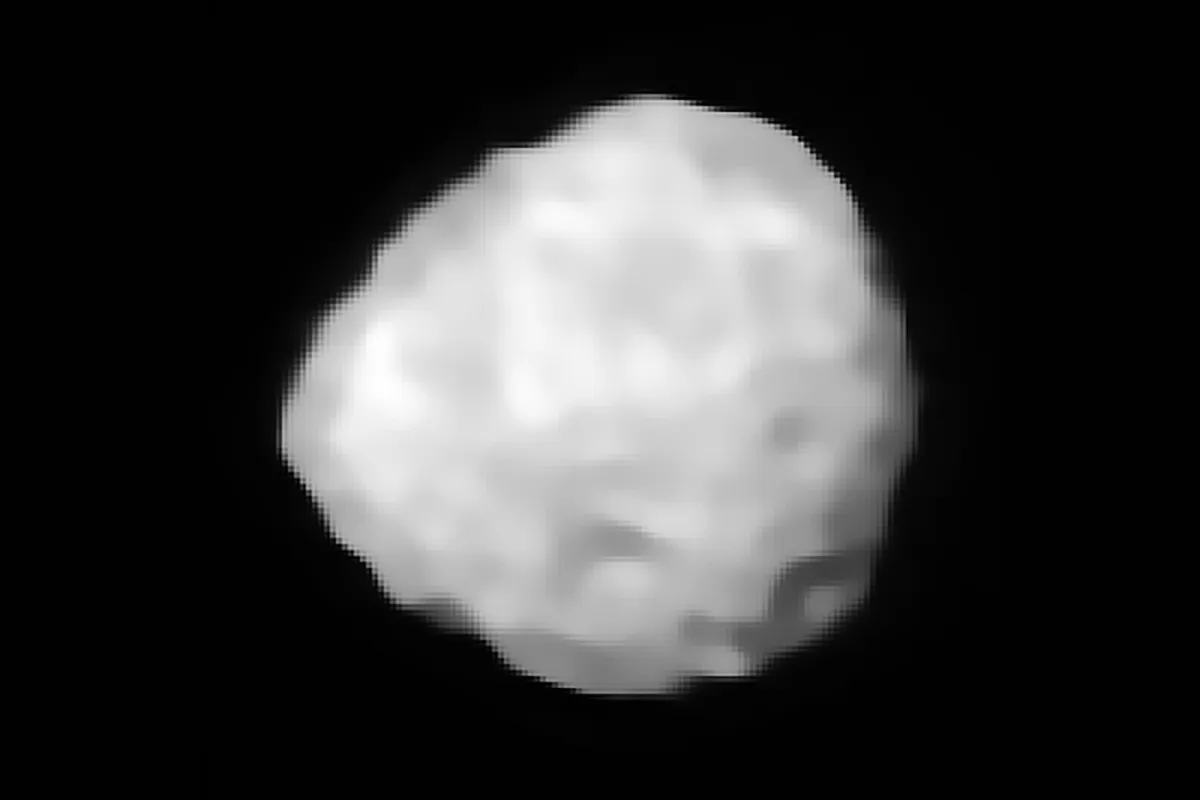
- Max. apparent magnitude: 7.1
- Size: 225 x 190 x 190km (139 x 118 x 118 miles)
- Discovered: 1847
This is quite a bright asteroid for its size, probably indicating that its surface includes a large amount of iron and nickel metals.
433 Eros
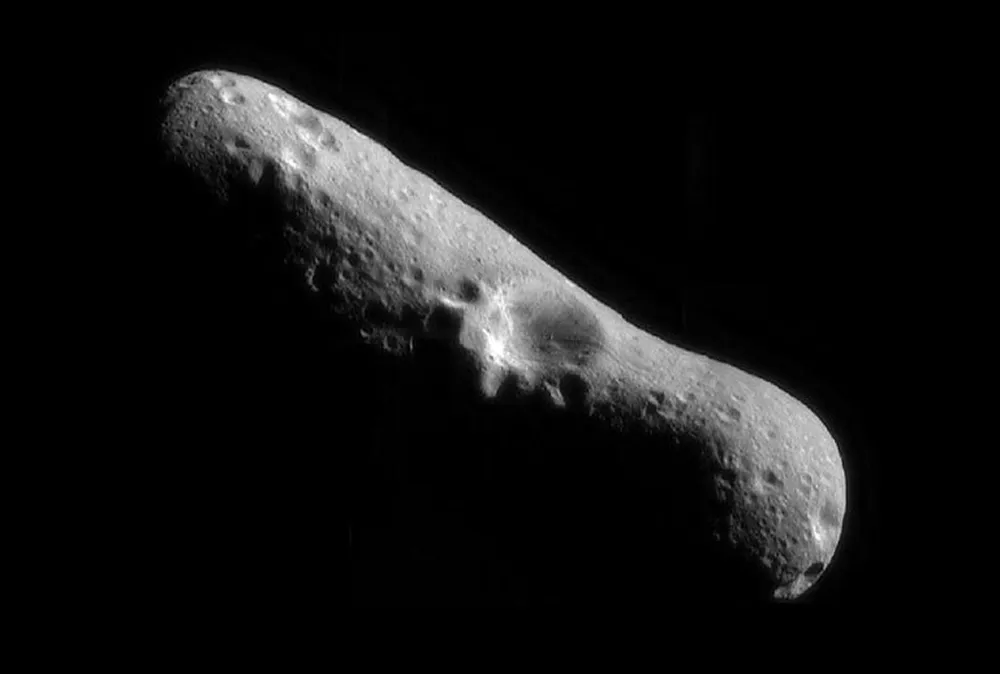
- Max. apparent magnitude: 8.5
- Size: 13 x 13 x 33km (8 x 8 x 20 miles)
- Discovered: 1898
One of the largest asteroids of the so-called Amor family. Asteroid 433 Eros approaches us after journeying from beyond Mars and was famously studied by the NEAR spacecraft.
If you're an asteroid observer or photographer, get in touch and share your observations and images with us by emailing contactus@skyatnightmagazine.com.
This article originally appeared in the July 2007 BBC Sky at Night Magazine.
